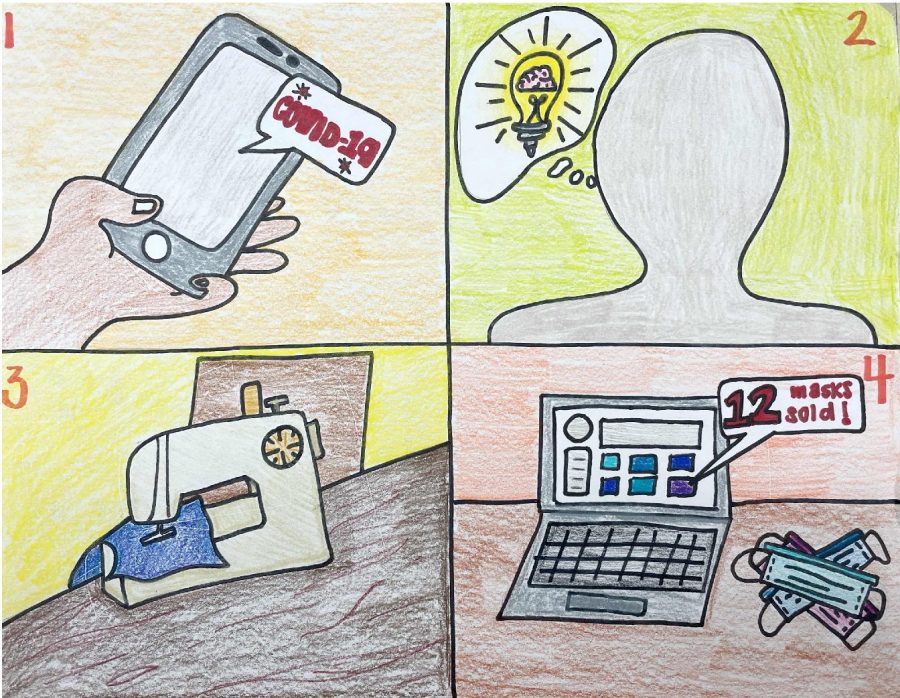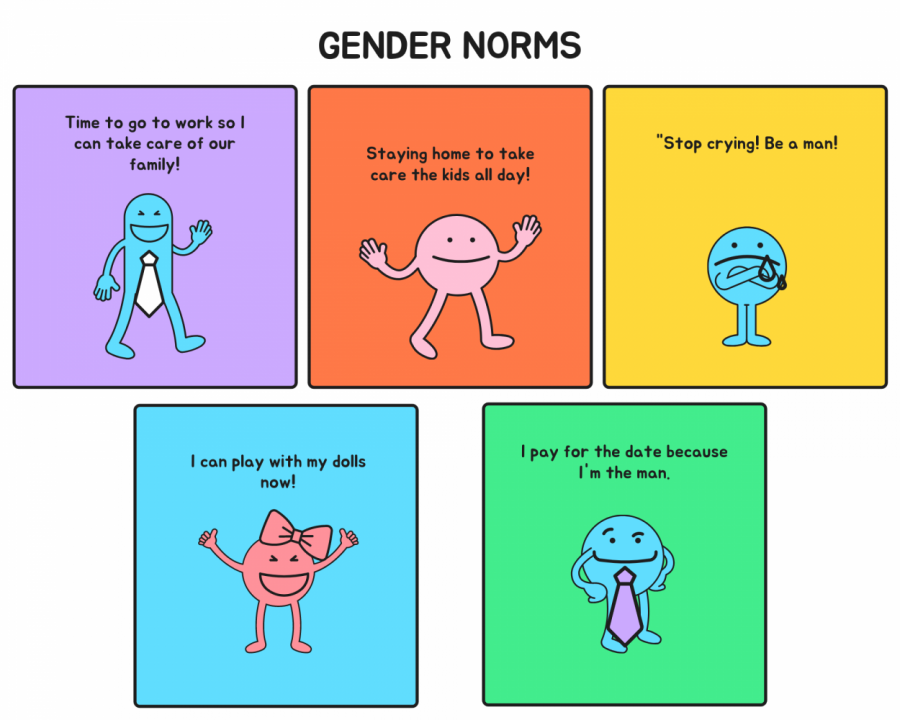The state of Hawaii currently has the third lowest obesity rate in the nation although statistics suggest this has the potential to change. Obese adults are roughly 22 percent of the adult population. Annually, 470-million dollars are spent on obesity-related health costs.
Tonya Lowery St. John, a representative for The Science and Research Group Epidemiologist for the State, reports that the state’s obesity population has nearly tripled since 1990.
“If that continues, by about 2030, half the population is going to be obese,” she said.
As of 2010, the Centers for Disease Control and Prevention recorded more than a third of American adults and almost 17 percent of children and adolescents as obese. An overweight child is defined as a child with a Body Mass Index above 85 percent and below 95 percent and obese is over the 95th percentile.
The American Public Health Association notes that rising obesity rates foreshadow a future generation at high risk for cardiovascular diseases, diabetes and other severe health problems. Children diagnosed with obesity also have a higher chance of increased use of tobacco and alcohol.
To counteract rising obesity rates, schools and health organizations have begun to make changes. Water fountains are more accessible for students , and the sale of sugary drinks is being limited. Salad bars, and local fruits and vegetables have also become more available and are incorporated in meal plans. Physical education class is also making a comeback.
The Academy has been reforming its meal plans as well.
“Just as with every other aspect, the Academy looks to enrich the lives of its students. I think that the adjustment to the lunch plan is a great step in making everything as good as it can possibly be for each student’s well-being,” said junior Jillian Anderson.
The 2008 Physical Activity Guidelines for Americans recommends two and a half hours of moderate aerobic activity and muscle-strengthening activities on two or more days a week. Moderate aerobic activity can include walking briskly, water aerobics, riding bikes, playing tennis or even pushing a lawn mower. Muscle-strengthening activities can include lifting weights, yoga and heavy gardening.
“To improve overall health, most fitness and health organizations recommend at least 60 minutes a day of physical activity for girls 13-18. They can break the minutes up in increments or all at once, just as long as the total minutes of physical activity is 60 minutes. Physical activity includes jogging, lifting weights, swimming, even walking your dog,” said former PE teacher Erinn Abragar.





























